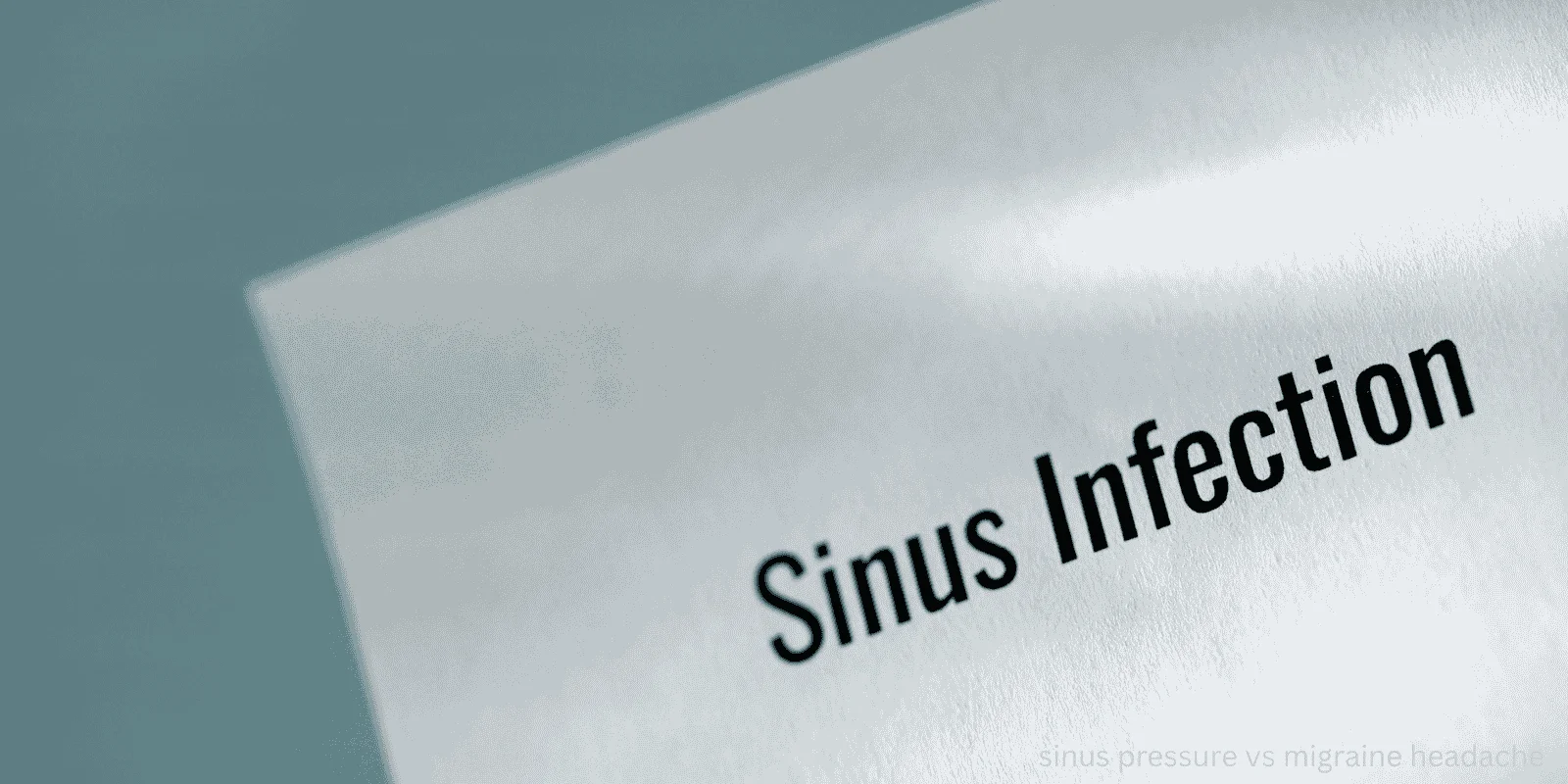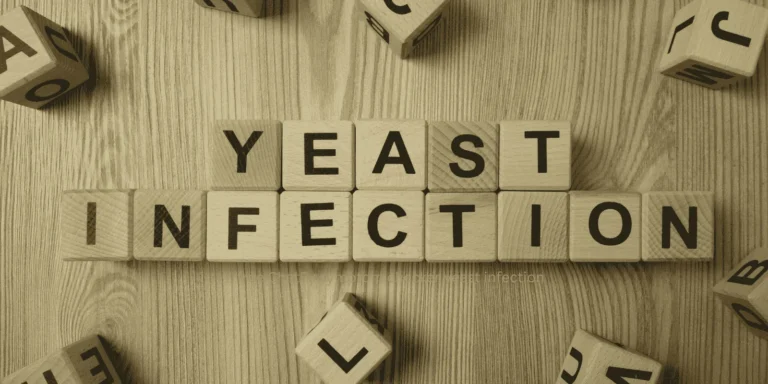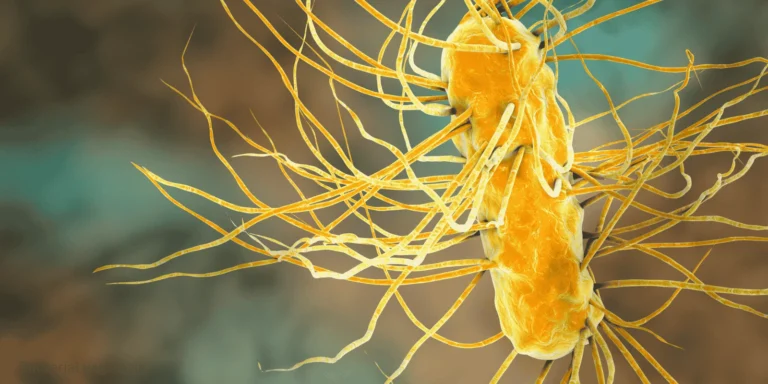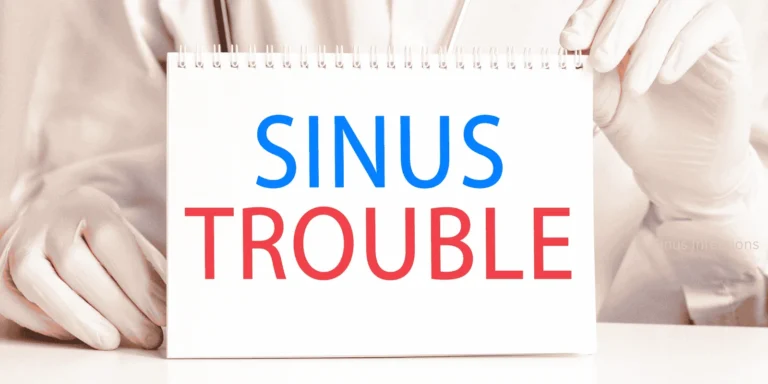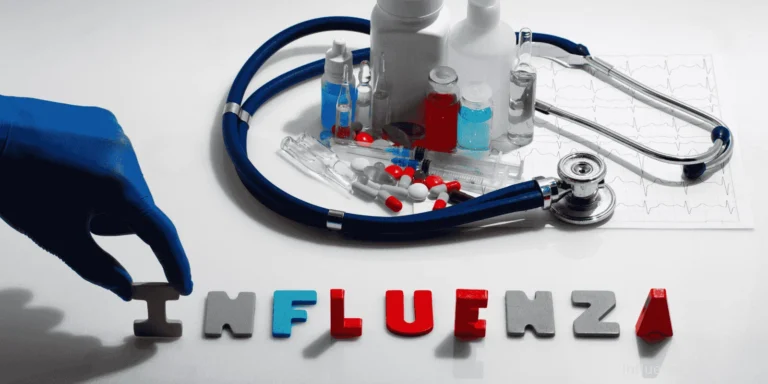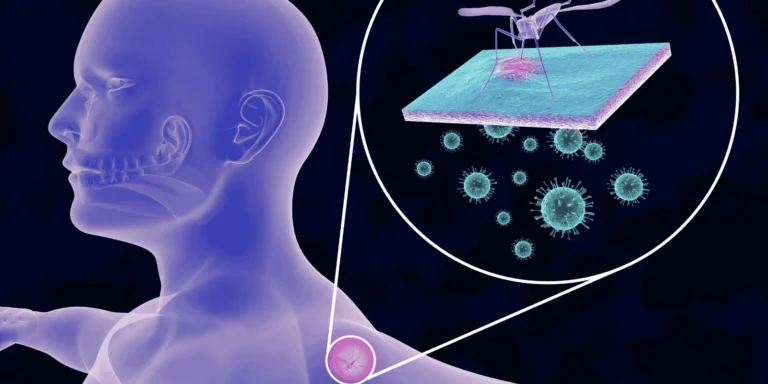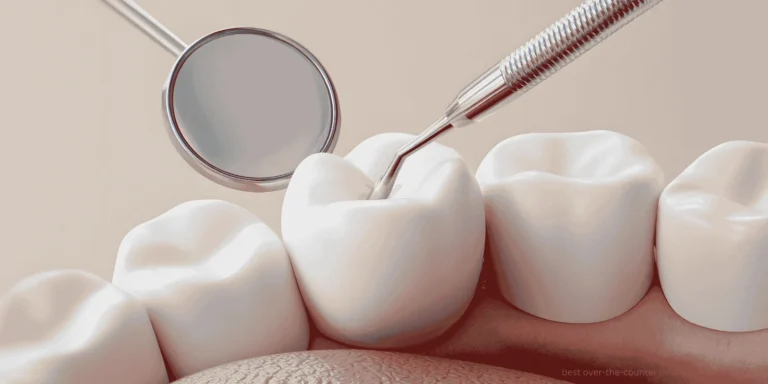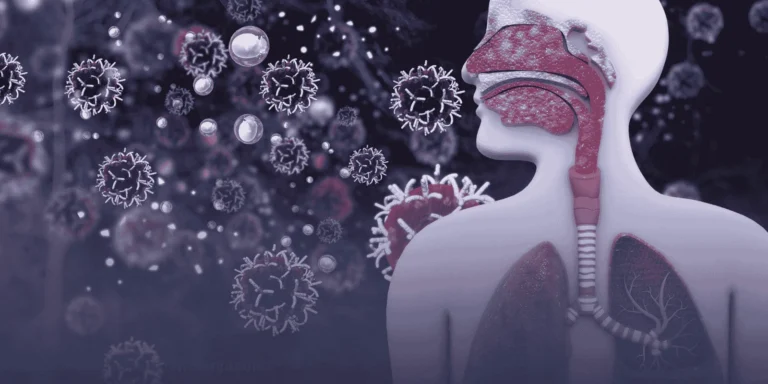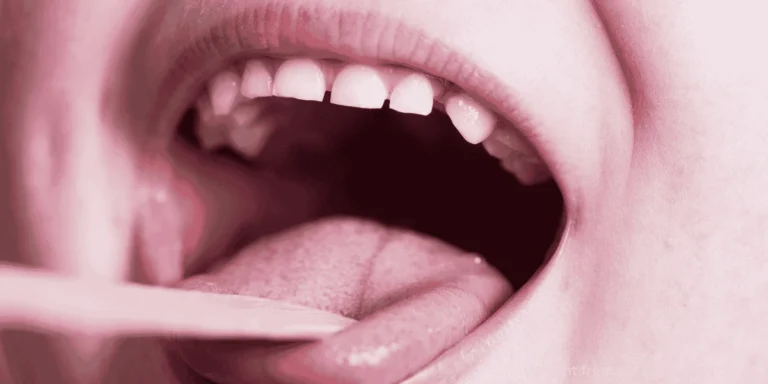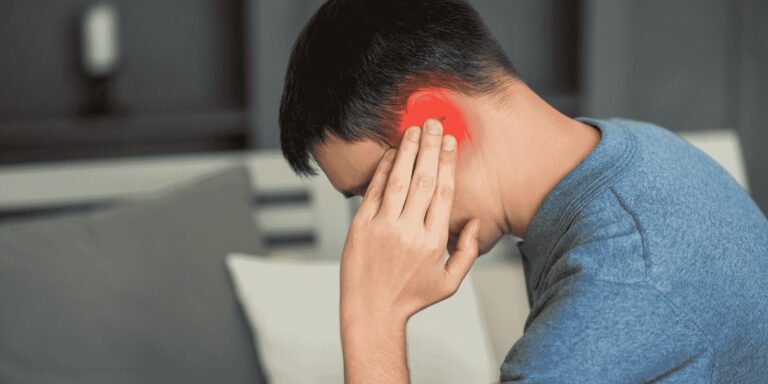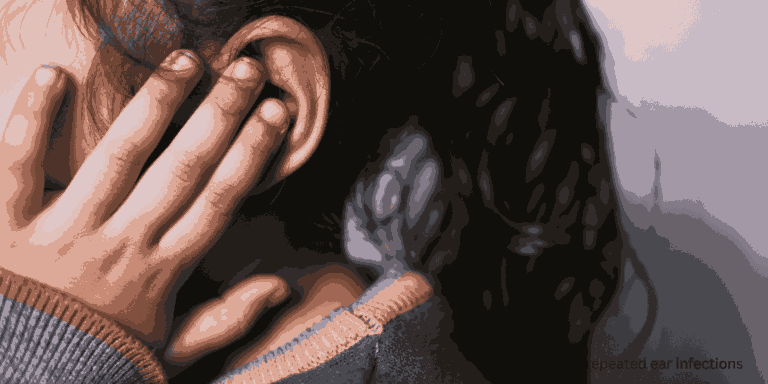People often confuse sinus headaches with migraines, and honestly, even doctors sometimes get it wrong initially. The symptoms overlap enough that distinguishing between them requires looking at specific patterns.
Location tells part of the story:
Sinus pressure typically hits your forehead, cheeks, and around your eyes – basically anywhere your sinuses sit. You’ll feel it across your face, sometimes down to your upper teeth.
Migraines usually start on one side of your head. That one-sided pattern is a strong clue, though migraines can occasionally affect both sides.
Quality of pain differs:
Sinus pressure feels like exactly that – pressure, fullness, or a dull ache. Patients describe it as feeling “stuffed” or like their face is being squeezed.
Migraines bring throbbing or pulsating pain that often gets worse with physical activity. Walking upstairs during a migraine? Miserable.
What makes it worse:
Sinus issues worsen when you bend forward, lie down, or change head position suddenly. That’s fluid shifting in your inflamed sinuses.
Migraines intensify with light, noise, and movement. Many migraine patients need dark, quiet rooms and can’t tolerate any activity.
Accompanying symptoms are key:
With sinusitis, you’ll notice thick nasal discharge (often yellow or green), facial tenderness when pressed, reduced sense of smell, and post-nasal drip. Some people run low-grade fevers.
With migraines, nausea and vomiting are common. Many patients experience visual disturbances before the headache starts – flashing lights, blind spots, or zigzag patterns called “aura.” Sensitivity to light and sound is nearly universal.
Duration patterns:
Sinus headaches persist throughout the day, fluctuating with position changes but remaining fairly constant. They improve as congestion drains.
Migraines typically last 4-72 hours if untreated, then resolve completely until the next episode. They often follow patterns – same time of day, triggered by specific foods or stress.
Response to treatment:
Decongestants help sinus pressure by reducing inflammation and improving drainage. If your headache improves with these medications, sinusitis is likely.
Migraines don’t respond to decongestants but do improve with specific migraine medications, caffeine, or lying in a dark room.
Here’s what confuses people:
Migraines can cause nasal congestion and facial pressure, making them feel like sinus problems. Studies show that 90% of people who self-diagnose sinus headaches actually have migraines.
If you’re experiencing facial pain with nasal symptoms, ChatRx can help determine if sinusitis is causing your discomfort and whether antibiotic treatment is appropriate.

